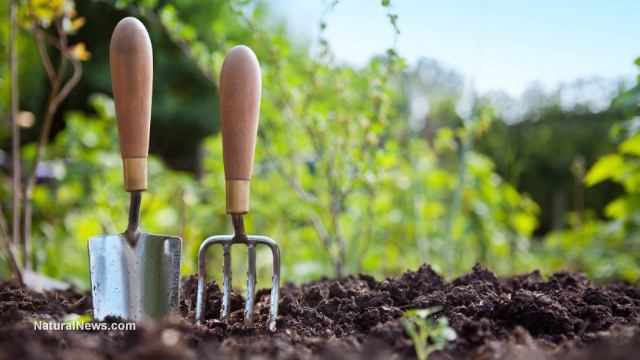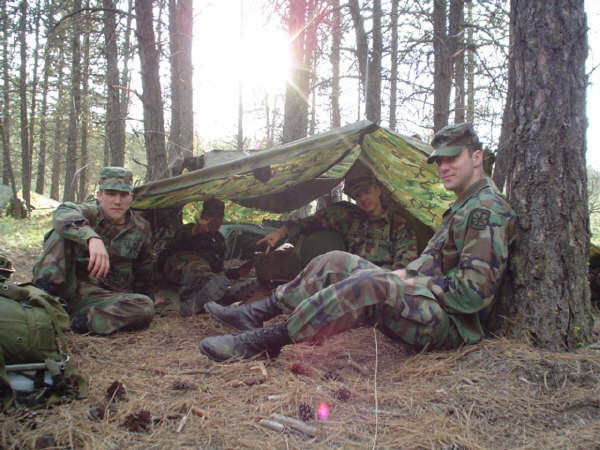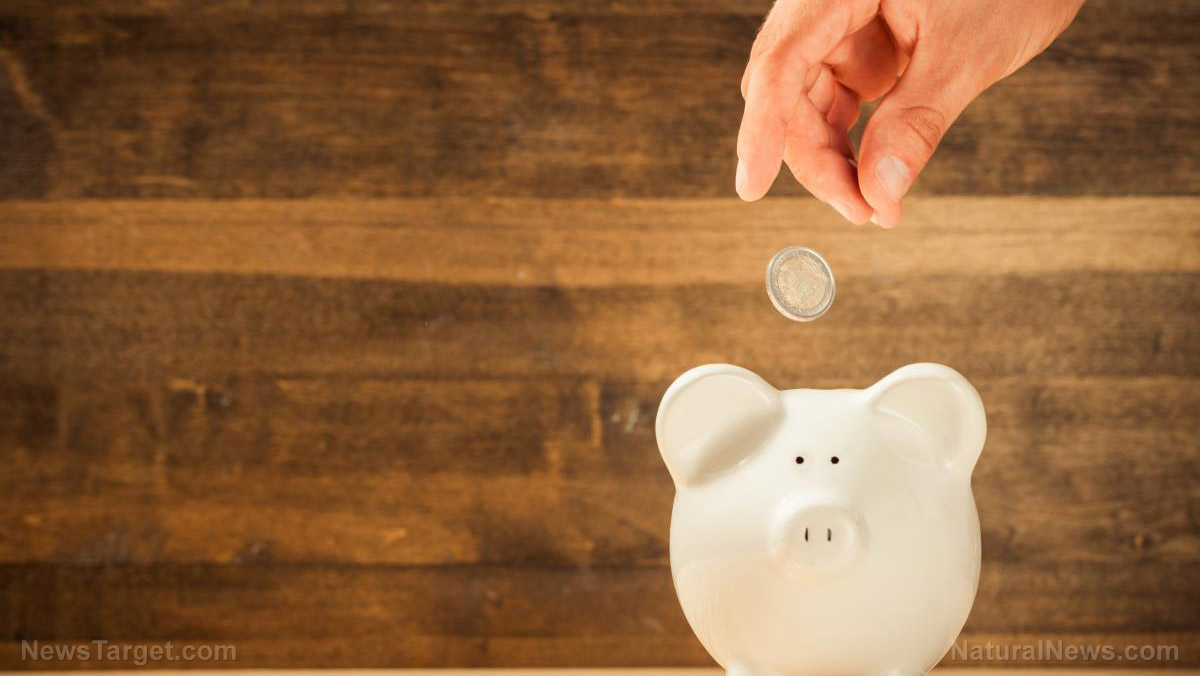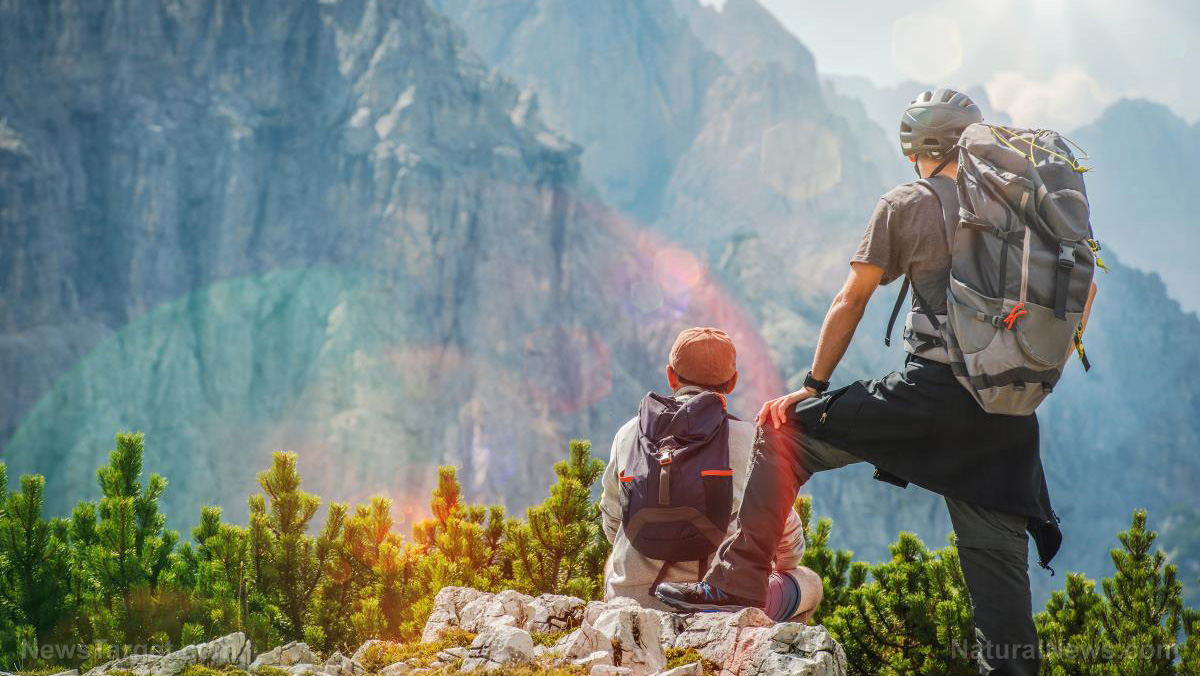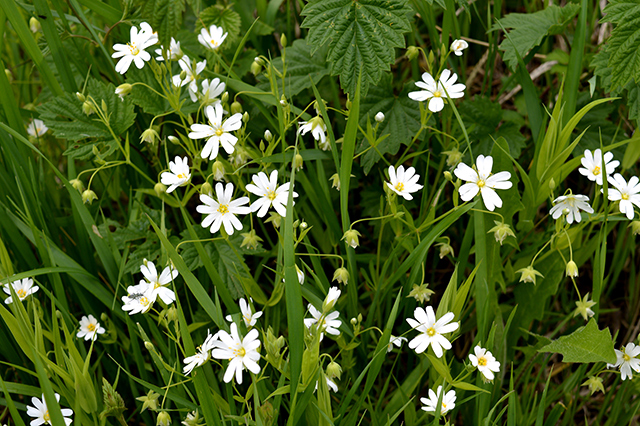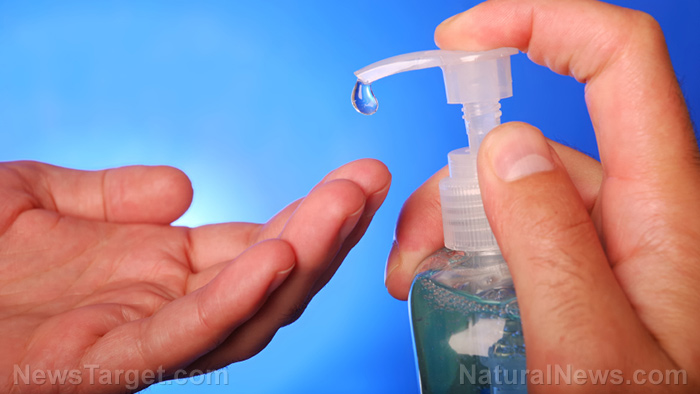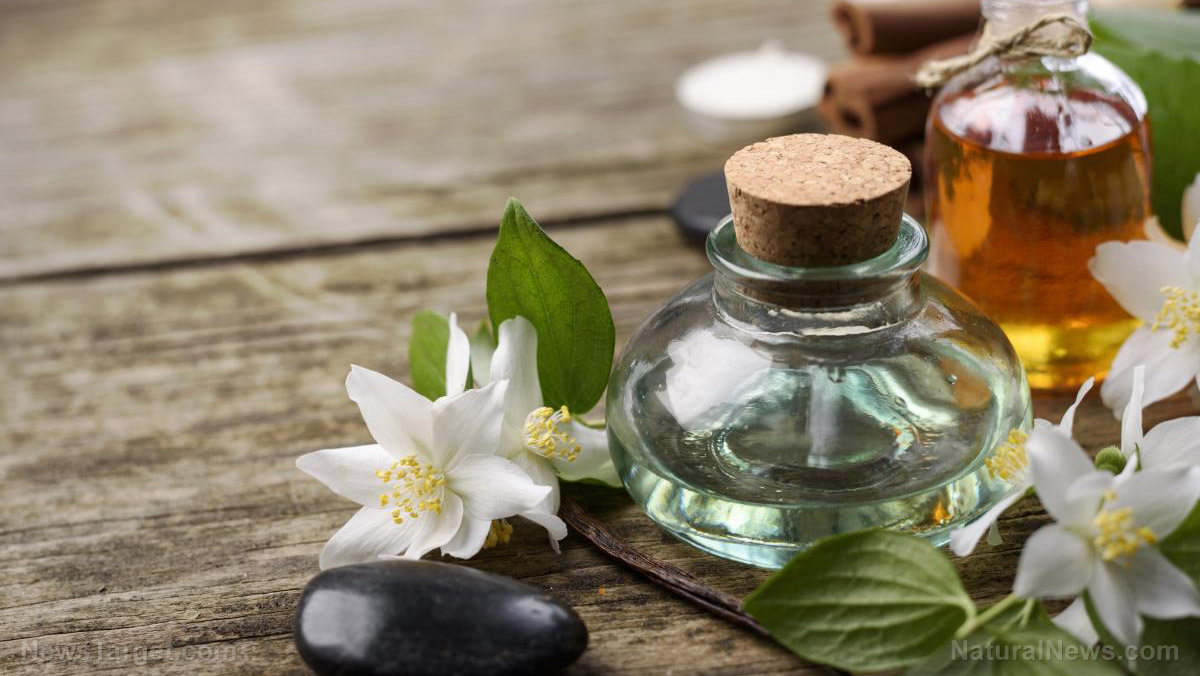A safe guide to using bleach to purify water when SHTF
01/28/2019 / By Mary Miller

Water safety is crucial during a survival situation. You might not last longer than three days without access to clean, drinking water. When SHTF, you will need to improvise with whatever you have to secure your supply of clean water. One of the possible ways to purify water in an emergency situation is with bleach. Learn how you can use bleach to purify contaminated water by following this survival guide. (h/t to ModernSurvivalOnline.com)
The two most common types of active chlorine used for cleaning purposes are sodium hypochlorite and calcium hypochlorite. Sodium hypochlorite is more commonly known as bleach, while calcium hypochlorite is known as bleaching powder. Both have their uses when it comes to disinfecting common household items, but calcium hypochlorite is generally superior when it comes to chemically disinfecting water. It can also last longer, with a shelf life of up to 24 months, as opposed to the average six-month shelf life of liquid bleach. (Related: Do you have a safe source of water for a SHTF situation? Top 5 water purification mistakes.)
Using bleaching powder for water purification
If you have a one-pound bag of granular calcium hypochlorite, you can potentially treat up to 10,000 gallons of water for drinking purposes. It is among the best chemical disinfectants for purifying water, capable of eliminating a wide variety of disease-causing organisms, such as bacteria, yeast, fungus, spores, and viruses. Using bleaching powder to purify water isn’t as simple as adding the powder to the water, waiting for while, and then drinking the water. It primarily involves the creation of a chlorine solution. What you need to do first is to dissolve a heaping teaspoon of high-test (78 percent) granular calcium hypochlorite in two gallons of water. This will create your chlorine solution that is not suitable for drinking. In order to disinfect the actual water supply that you will be drinking, simply add one part of this chlorine solution for every 100 parts of water that you want to treat. Before drinking this mixture, you must first allow it to sit for at least 30 minutes to give the purification process time to take effect. Keep in mind, however, that once your bleaching powder has been used to make a liquid chlorine solution, it will begin to degrade. Eventually, it will no longer be effective as a disinfecting agent, so it is best to make your chlorine solution in small batches at a time.
Using bleach for water purification
Bleach is such a potent chemical that it can destroy most disease-causing organisms. It works by oxidizing organic matter. What this means is that it releases oxygen atoms to break up foreign contaminants and kill any harmful organisms. Be sure to use only unscented household bleach with around five percent chlorine content when purifying water. Also, since regular bleach only has a shelf life of around six months, you will always want to make sure that your bleach has not expired and is still viable. Purifying water with bleach is a more direct process. All you have to do is add two drops of bleach per liter of water or up to eight drops of bleach per gallon of water. Stir the mixture well and allow it to sit for at least half an hour before drinking it.
Bleach safety
Bleach should be a last resort when it comes to long-term purification. Ideally, bleach should only be used as a temporary solution until better access to potable water becomes available. The more you rely on it, the more prone you become to overdosing on it. Overconsumption of bleach can lead to detrimental effects on your overall health and well-being. Bleach can have possible carcinogenic effects, especially when you are exposed to it for a long time. For long-term survival, you should try to make use of methods of water purification. If all else fails, you can also try filtering or boiling your water.
Learn more ways to secure your supply of clean water by going to CleanWater.news.
Sources include:
Tagged Under: bleach, bug out, calcium hypochlorite, chlorine, clean water, emergencies, emergency preparedness, off grid, outdoors, preparedness, preparedness and survival, prepper, prepping, prepping tips, self sufficiency, SHTF, sodium hypochlorite, survival, Survival Tips, survivalist, Water safety, water supply

